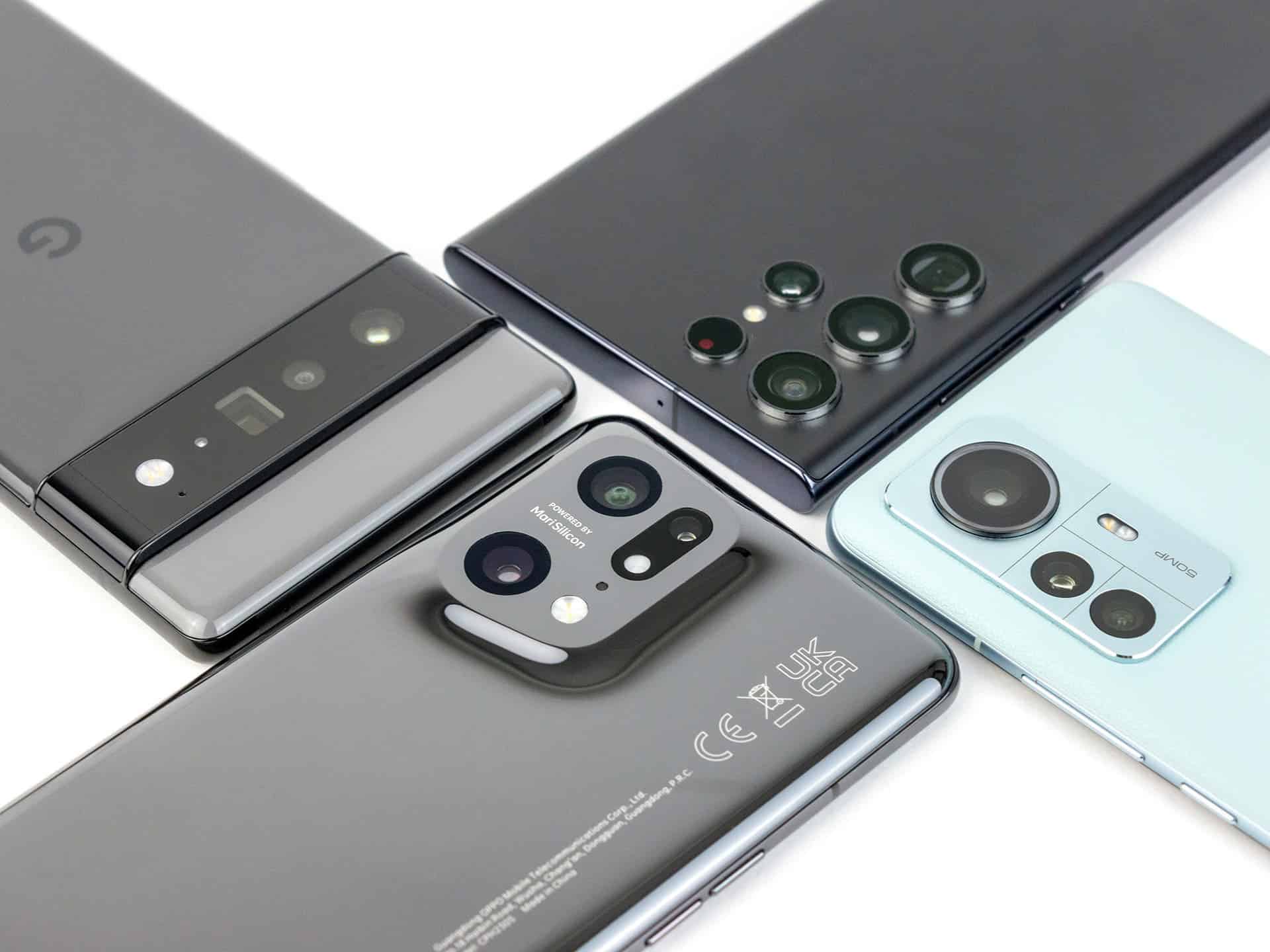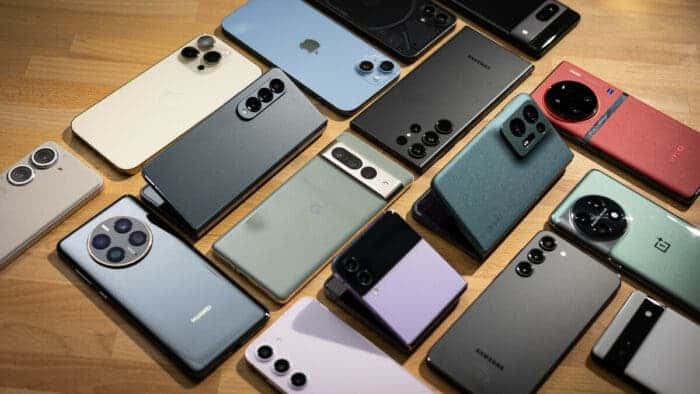Once upon a time, I eagerly upgraded my smartphone almost every year. My journey started in 2010 when my dad gifted me the Nexus One. In early 2011, I switched to the iPhone 4. By 2013, I had moved on to the Galaxy S4, only to find myself upgrading again to the iPhone 6 Plus in 2014. But now? I keep my phone for at least two years, sometimes longer.
Why the change? Simply put, annual smartphone upgrades no longer feel worthwhile. Spending upwards of $1,000 to move from a great phone like the Google Pixel 8 Pro to a marginally better Pixel 9 Pro XL seems like a poor investment. The smartphone industry has evolved, and not in a way that justifies constant upgrading. Here’s why I—and many others—have stopped chasing the latest devices.
Why I Stopped Upgrading My Smartphone Every Year—and Why You Should Too

Gone are the days when each new smartphone brought massive improvements in design, performance, battery life, camera quality, and display technology. Instead, today’s upgrades are incremental at best. Take the Samsung Galaxy S24 Ultra, for example. It looks nearly identical to its predecessor, the S23 Ultra—except for minor refinements like a slightly boxier frame. Even Samsung’s foldables are following the same trend. The Z Fold 6 looks almost the same as the Z Fold 5 and Z Fold 4, with only marginal tweaks like a wider cover screen.
Performance improvements have also slowed. Modern smartphones are already incredibly fast, making annual upgrades unnecessary. The difference between a new Snapdragon processor and last year’s model is barely noticeable in everyday tasks. You’d need to run benchmarks or play graphics-intensive games side by side to see any meaningful change. Efficiency improvements do impact battery life, but high-end smartphones today already offer all-day usage, which is sufficient for most users.
Then there’s the display. Most modern smartphones now feature OLED panels with high refresh rates. If your phone already has a 120Hz OLED screen, do you really need a slightly brighter display or an even higher refresh rate? Probably not. And don’t get me started on cameras—smartphone manufacturers continue to crank up megapixel counts, but real-world improvements are minimal. Tiny smartphone camera sensors can only do so much, and software enhancements can’t replace the benefits of real optical advancements.
Flagship Smartphones Have Become Overpriced
A decade ago, flagship smartphones were reasonably priced. The Nexus 6P, a premium device in its time, retailed for $499. Even the Galaxy S6 Edge, a cutting-edge device back then, started at $700. Fast forward to today, and that price range is now reserved for mid-range smartphones.
Take Google’s “affordable” Pixel 8a—it starts at $499, pushing it out of the budget phone category. Meanwhile, flagship devices have soared past the $1,000 mark. The iPhone X was a shocker in 2017 with its $999 starting price, but by today’s standards, that almost feels normal. If you’re eyeing an iPhone 16 Pro Max or a Galaxy S24 Ultra, you’ll need to shell out upwards of $1,200. And if you want a foldable smartphone? Expect to pay at least $1,500.
Spending over a grand every year for a phone that only marginally improves on its predecessor is simply not worth it. If you already own a flagship from two or three years ago, it’s still fast enough and takes excellent photos. If battery life is your only issue, replacing the battery is a far more cost-effective solution than buying a whole new phone.
Long-Term Software Support Makes Upgrading Less Necessary
In the past, software support was a major reason to upgrade. Most Android manufacturers provided just two years of updates, forcing users to upgrade sooner. For instance, the Samsung Galaxy S5, released in 2014, only received Android updates for two years before being left behind. Meanwhile, Apple provided major iOS updates for four to five years, making iPhones a longer-lasting investment.
Fast-forward to today, and Android manufacturers have stepped up. Google and Samsung now promise seven years of software updates for their modern devices, such as the Pixel 8, Pixel 9, Galaxy S24, and Galaxy Z Fold 6. Other brands like OnePlus are catching up, offering four years of updates for high-end models.
Knowing that my phone will receive updates for the next several years makes upgrading feel pointless. When my current device will continue receiving new features, security patches, and software refinements, why spend another $1,000 for minor hardware improvements? At this point, buying a new phone every year feels more like a luxury than a necessity.
Manufacturers Are Getting Lazy
When was the last time we saw a truly groundbreaking smartphone? It’s hard to remember. Foldable phones initially seemed like a step forward, but they remain niche products with durability concerns. While I understand that smartphone technology is reaching its limits, I still wish manufacturers would push innovation further.
For instance, instead of just increasing megapixel counts, why not invest in significantly larger camera sensors that offer real improvements in image quality? Likewise, graphene batteries could be a game-changer, offering better longevity and reducing battery degradation over time. Yet, manufacturers continue focusing on AI-powered camera filters and software tricks rather than substantial hardware advancements.
Many brands are now pushing artificial intelligence features as their latest selling point. While AI has its place, most people don’t need an AI-powered personal assistant baked into their phone. If I wanted advanced AI capabilities, I’d download dedicated AI apps. The lack of meaningful innovation is a key reason smartphones no longer excite me the way they used to.
The Bottom Line: Upgrade Only When Necessary
I feel liberated knowing I’m no longer tempted to upgrade my smartphone every year. In today’s market, spending over $1,000 annually on a phone isn’t justifiable, regardless of your financial situation.
Think of your phone as a tool—it should serve its purpose efficiently. As long as my current device handles my daily tasks without issues, I see no reason to upgrade just for the sake of owning the latest model. Given that 2024’s flagship smartphones promise seven years of software support, I strongly recommend waiting at least three years before upgrading. Not only will this save you money, but it will also help reduce electronic waste—a win-win situation.
Unless smartphone manufacturers introduce truly revolutionary features, I’ll continue sticking with my phone for as long as it meets my needs. And honestly? That feels like the smartest upgrade decision I’ve ever made.





